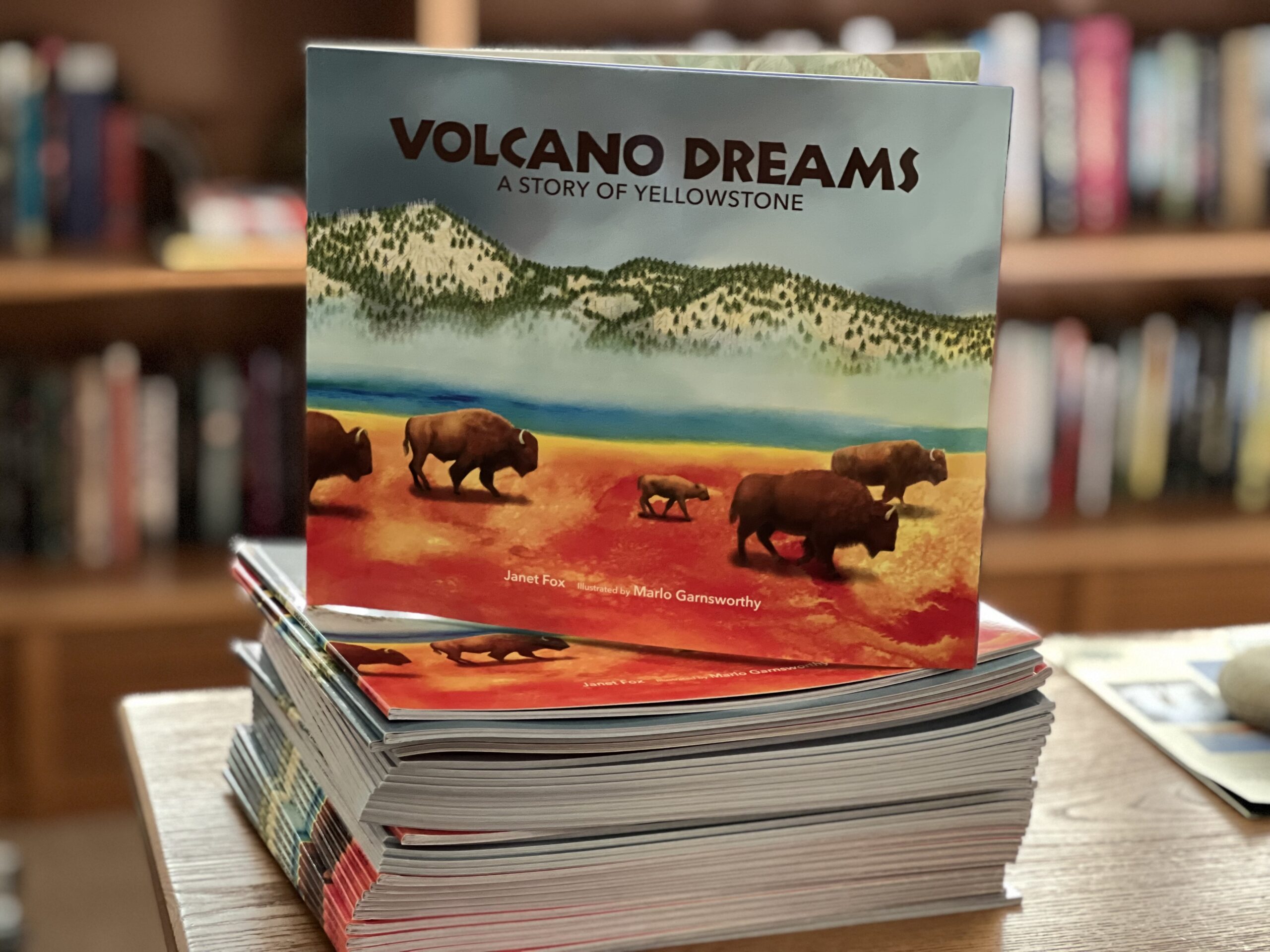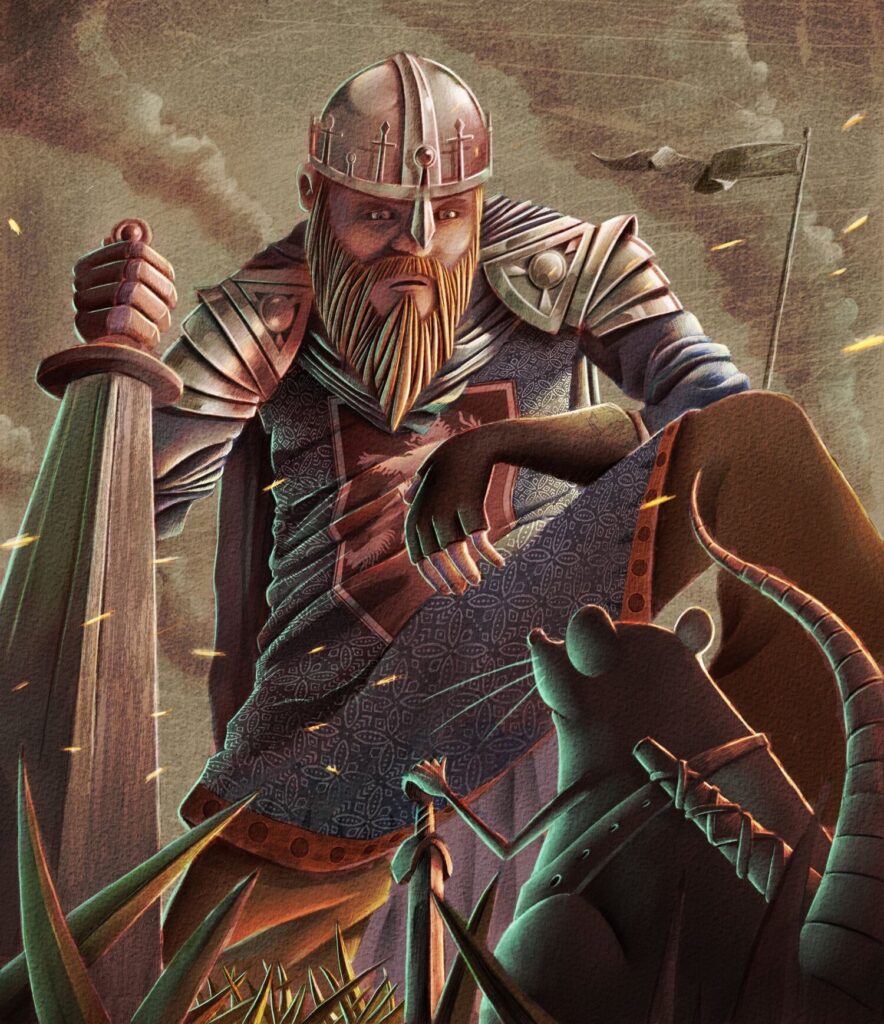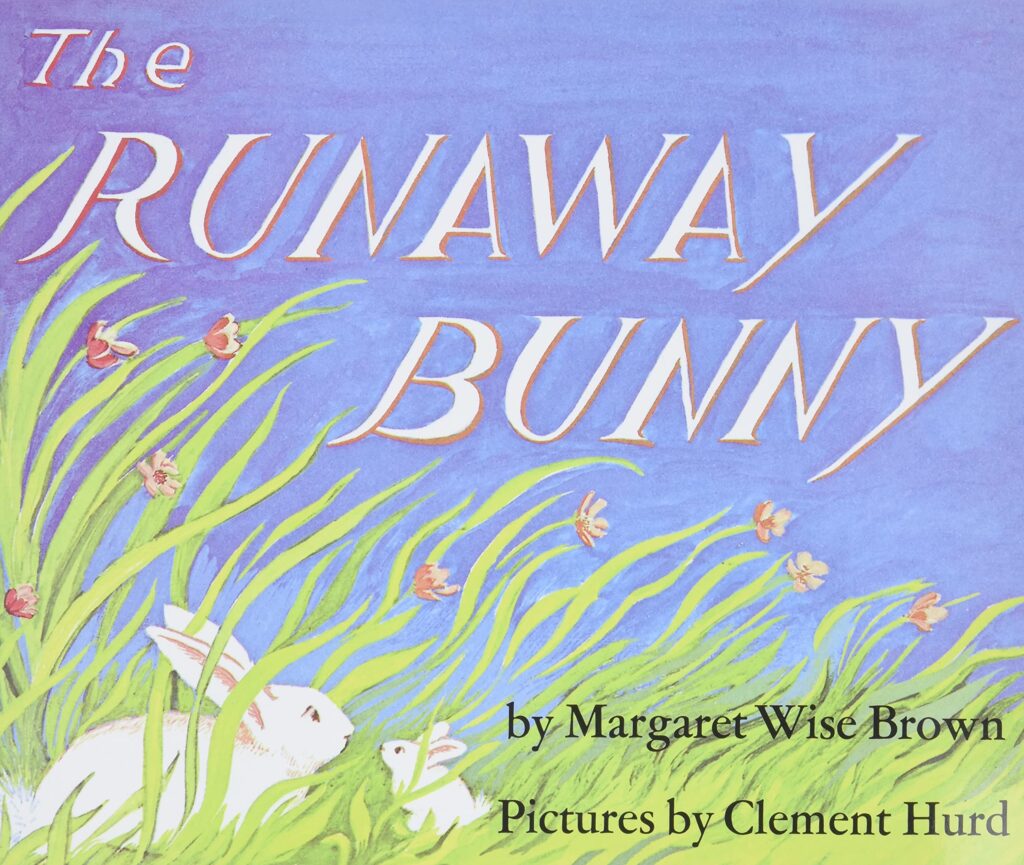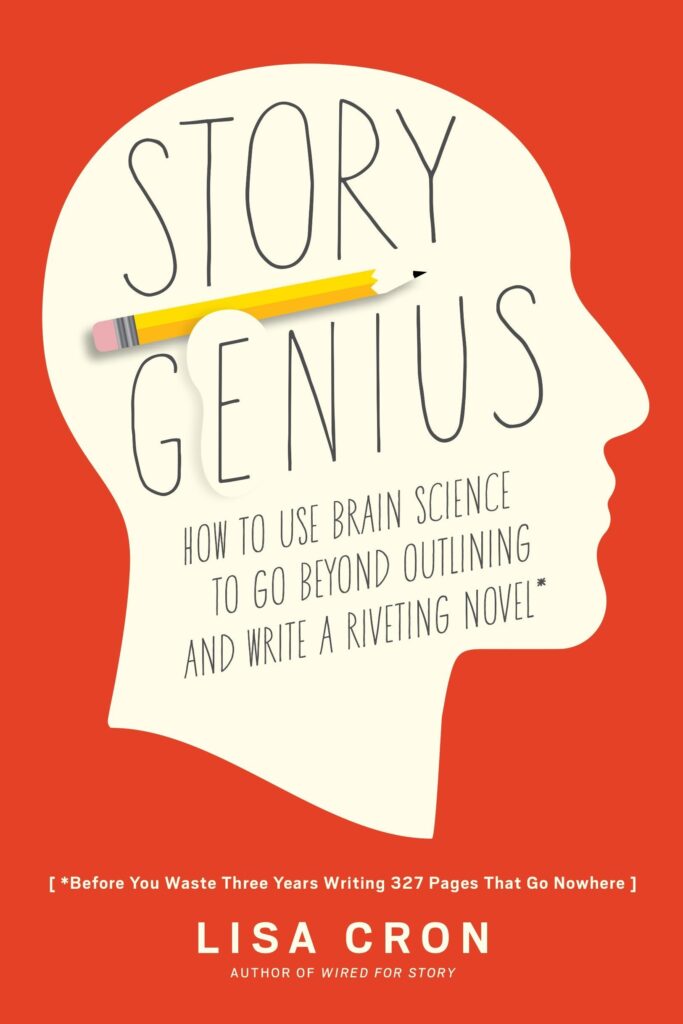This week I’m featuring a giveaway to help our teachers, who are right now facing such difficulties across the board. This is the one thing I can do to say, “thanks for all you do”.
I have three (yes, three!) full classroom sets of paperbacks of my picture book Volcano Dreams to give away. That’s 25 copies of the book in each set. I’ll add copies up to 30 if you have more kiddos in your classroom.

Volcano Dreams: A Story of Yellowstone is my nonfiction picture book for ages 5-9, illustrated by Marlo Garnsworthy, published by Web of Life Children’s Books. It tells the story of the Yellowstone super volcano with scientific accuracy (I have a Master’s degree in geology) and is bookended by images of the myriad animals that live in Yellowstone National Park, Wyoming.
Here’s a short video about the book:
If you are a teacher with plans to teach earth sciences and/or natural history and/or western ecosystems, Volcano Dreams can form a part of your curriculum. I’m putting together a text set for the book, which should be available by mid-April, to help you create lesson plans. Additional ideas can be found here, in the exercises I’ve already developed for this book.
To enter the giveaway, please comment below with your name and school. You can also enter this giveaway on Twitter. Extra points for subscribing to my mailing list (where you’ll hear other teacher-friendly information; just click the link at the bottom of the page) and for Title 1 schools, so please let me know if that’s you. Giveaway ends April 8 at midnight.
A special note: my second picture book, Wintergarden, will be out from Neal Porter Books in the fall of 2023, illustrated by Jasu Hu.
And again – thanks for all YOU do.









